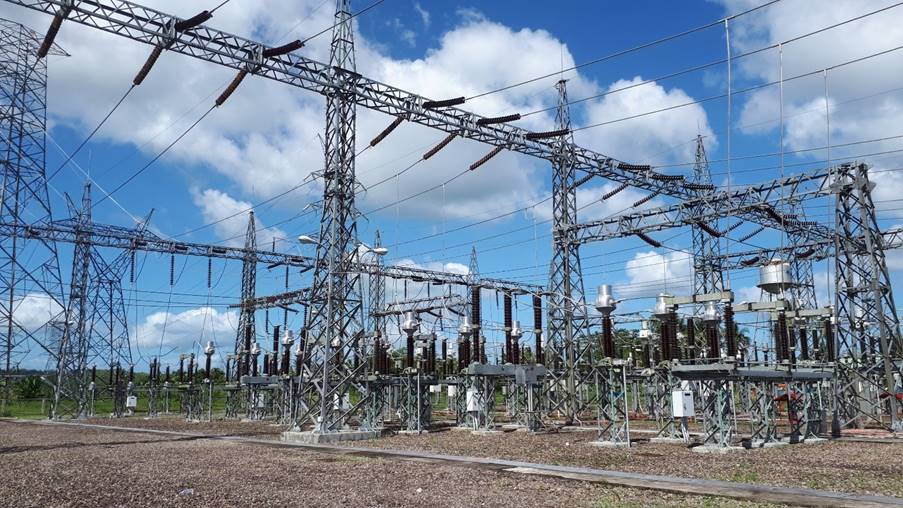DOE official wants more power investments in Visayas
- September 13, 2021
- 0

An official from the Department of Energy’s (DOE) Visayas Field Office said having an equal distribution of power plants across the country, particularly by having more facilities in the Visayas, would help prevent blackouts from happening.
Based on a SunStar Cebu report, Engr. Jose Rey Maleza, chief of the DOE’s Visayas Energy Industry Management Division emphasized the need for such facilities to be in strategic locations to ensure power reserves.
Maleza said this in the wake of the blackouts in the region, which literally left in the dark parts of Cebu, Bohol, Samar, and Leyte from August 20-21.
Based on DOE data as of end-2020, Visayas has the smallest share of the Philippines’ installed and dependable capacities at 3,863 megawatts (MW) or 14.7% and 3,369MW or 14.3%, respectively. The entire country has 26,286MW in installed capacity and 23,410 in dependable capacity. Most power plants are in Luzon, with Metro Manila and surrounding provinces being the country’s load center.
The blackout, triggered by a lightning strike, reportedly cost Cebu’s information technology and business process outsourcing industry around Php60-80 million in losses.
The incident also caused production downtimes and damages to products and equipment to power-intensive businesses based in the Mactan Economic Zone.
Maleza pointed the large power plants in Cebu are all located in the southern part of the province, which is why there wasn’t enough reserve electricity was provided up north to Metro Cebu. In addition, limited transfer capacity restricted back-up power coming from Leyte and Luzon.
Meanwhile, Mactan Electric Company (MECO) general manager Engr. Gilbert Pagobo said the firm plans to put up its own power plant, so it can independently supply power to Mactan Island, which hosts the Mactan-Cebu International Airport. MECO is the island’s distribution utility.